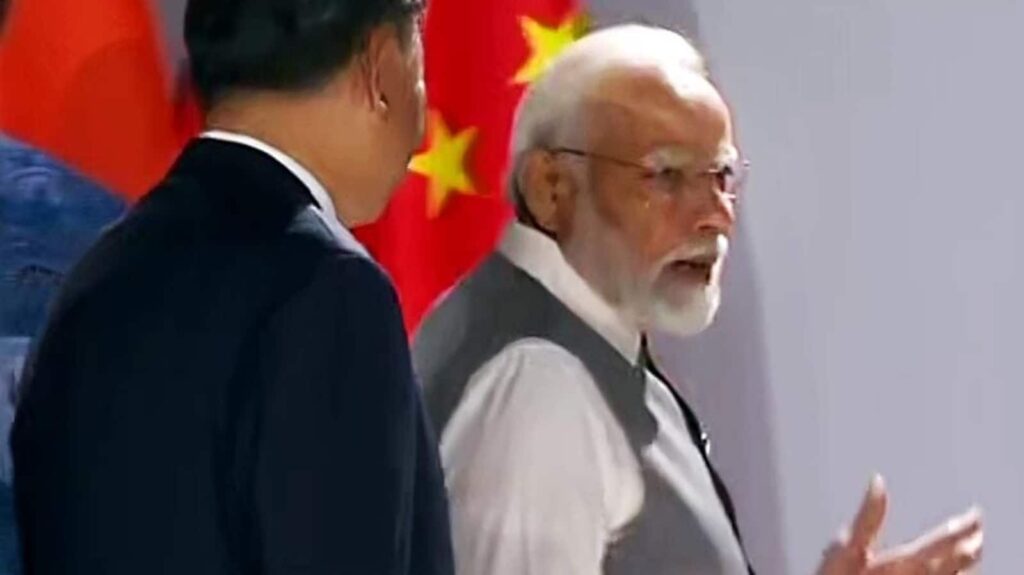The backdrop of the Brics summit in Johannesburg was the heightened tensions between India and China, and the fevered speculation about a possible meeting between Prime Minister Narendra Modi and Chinese President Xi Jinping. Mr Modi used what some described as a pull aside at the Brics leaders lounge to drive home India’s contention that ties can only be normalised by maintaining peace in border areas and respecting the Line of Actual Control (LAC). He also emphasised India’s concerns over unresolved issues along LAC. The Indian side said the conversation was the outcome of a pending Chinese request for a bilateral meeting, and that the two leaders agreed that officials should step up efforts for expeditious disengagement and de-escalation in the Ladakh sector.
The Chinese side offered a markedly different take on the encounter, saying it was held at the Indian side’s request and avoided any mention of steps to resolve the military standoff, which has resulted in frontline troops being deployed in large numbers close to LAC. The statement only trotted out the standard Chinese line of focusing on the “overall interests” of bilateral relations. There was no indication of Beijing’s intentions regarding the resolution of friction points at Depsang and Demchok, where Indian troops continue to face hurdles in patrolling areas they had access to prior to May 2020. Despite several rounds of talks between local commanders, little progress has happened largely due to Chinese intransigence. Experts have cautioned that this is part of China’s playbook and that Beijing does not intend to end the standoff, instead using buffer zones as part of a solution. This is a thread that runs through Chinese strategy in other contested geographies, where Beijing routinely uses underhand tactics. Given this, it would be realistic to exercise greater patience and not set any unrealistic expectations for the border talks. Holding the line on Chinese aggression is more important than a temporary and unsustainable detente. In fact, New Delhi has done well so far to not take Beijing at face value and wait for concrete action on de-escalation before taking reciprocal steps. The conversation also came just weeks before India hosts the G20 Leaders Summit, at a time when China – in collusion with no-limits partner Russia – has proven to be a hurdle in corralling a consensus on signature initiatives. With Russia announcing that President Vladimir Putin will not attend the G20 Summit, it remains to be seen what stance China takes. But India would do well to not hope for too much cooperation.
Mr Xi’s push for an expansion of Brics — in the end, six countries were allowed entry, out of the 22 that had applied for induction — held a mirror to Beijing’s strategy of turning every forum it is a part of into an anti-West grouping. On the global stage, India will have to contend with navigating these choppy waters as it secures its interests. Closer home, New Delhi has little option but to prepare for the long haul at LAC. The country has done well to ignore calls by China to normalise ties while the border remains tense. It will now need to continue ramping up border infrastructure, and manage the deployment of thousands of soldiers, while resisting any aggression or adventurism. Despite pushing for peace, this tense calm appears to be the new normal, at least in the short term.
Embrace independence with quality journalism
Save on HT + The Economist subscription


